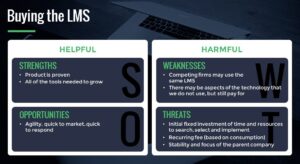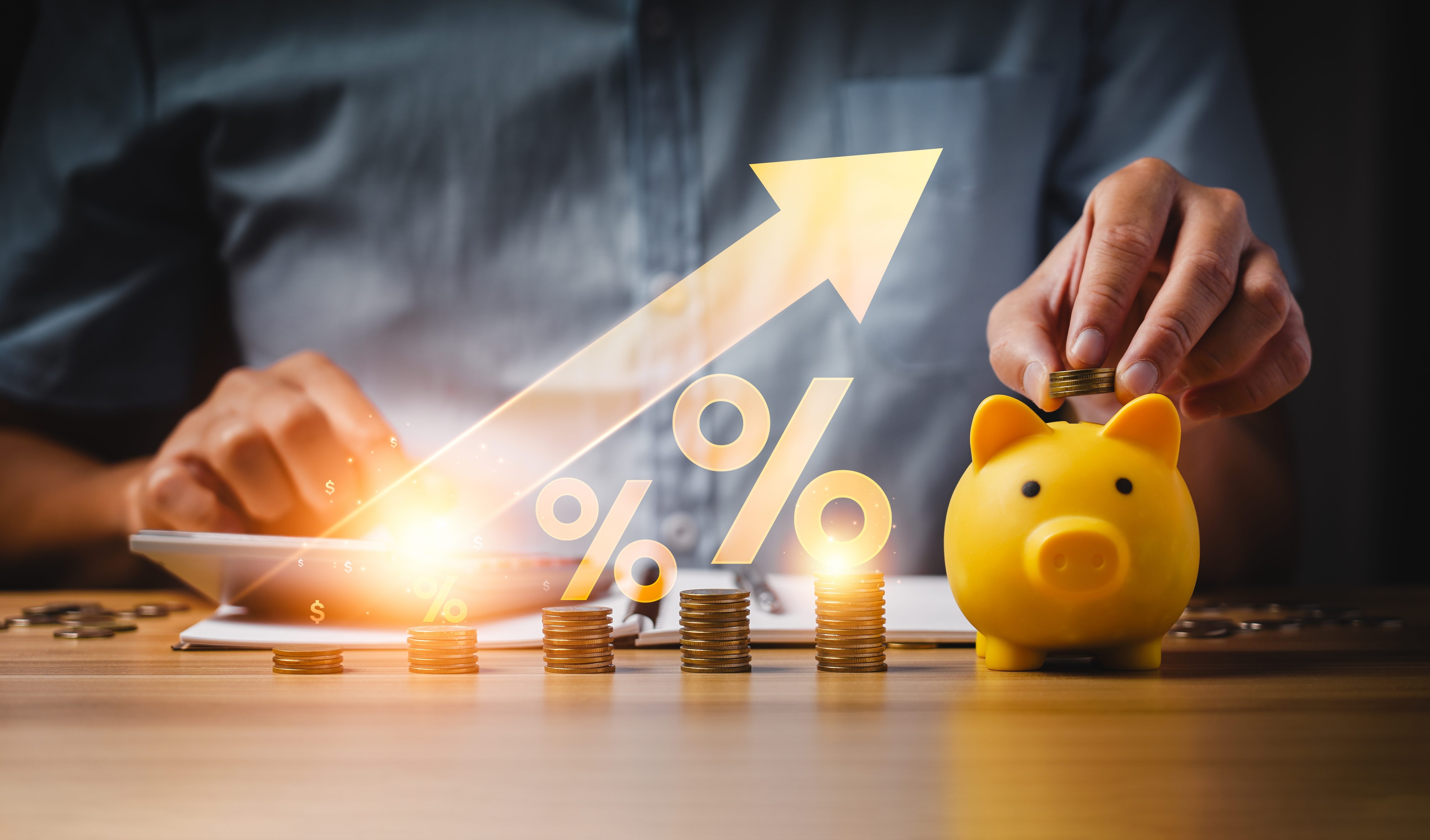To answer that question, should you build or buy your new or next LMS, first ask, what business are you in? If professional or external training is your business, the LMS is the engine of your business success. Whether you build or buy, let’s take a look at some of the functionality you’ll need from the LMS.
What do you need from the LMS to power external training?
- The ability to move to a subscription model, which brings with it a predictable income stream
- Opening the door to self-paced learning and video, which are scalable, less costly to produce and distribute, and in higher demand.
The LMS should also have built-in advanced tools aimed at increasing learning engagement, which has 3 benefits:
- Motivate learners to complete the course, internalize and put the training to everyday use.
- Increase learner satisfaction and ease of use
- Reposition learning from an event to a process (which will also increase consumption).
External LMS tools you’ll need to get the job done
The tools that should be resident on the LMS include:
- Learning paths, or the learner’s roadmap to knowledge, achievement and advancement.
- Certification tools , which are in part, a reward program, or a motivator to complete a course or series of courses.
- In-app widgets, which are mini-applications embedded in other applications, giving learners instant access to notifications, information about courses, learning paths, etc.
- Gamification is the use of gaming elements, such as badging, milestones, leaderboards, etc., to incentivize learners.
- Communication strategy. In essence, this is your marketing strategy for communicating with your learners to expand and deepen learner engagement.
For an in-depth discussion, please reference: 5 Tools to Improve Learner Engagement.
The cost of building an external LMS
As you start to weigh your options, it’s important to think carefully about the budget, business goals, and resources you can allocate towards your LMS project. With very few exceptions, the time, money, and headaches you’ll save by selecting an off-the-shelf (OTS) or customizable learning solution is much preferable to the cost of building an LMS from scratch.
If your organization needs an LMS with the advances and tools just discussed, developing an LMS is going to require a great deal of staff, money and time. To handle things like reporting, eCommerce, and design and frequent updates and enhancements, your organization will need to negotiate contracts and then dedicate staff to managing those tools and accounts.
These kinds of costs can add up. Here are some things to consider about building before you forgo the idea of buying:
- Hosting: The ability for learners to access online content anywhere at any time. Just like your corporate website, you’ll need to pay hosting fees for your online learning environment to live on a server with a unique domain. Other hosting costs to consider include video and large file hosting.
- Authoring: 3rd party authoring tools can be costly to integrate. Not only must you port the content into your learning environment, there’s always a delay and frequently, mistakes are made. You must also consider the costs of curating and updating courses.
- Design: Once you have your online learning framework, process, and approach in place, you will need to hire both visual and curriculum or instructional designers.
- eCommerce: Selling your courses online is a must. If you are building your LMS you will likely have to pay a monthly subscription fee for eCommerce tools like Shopify, BigCommerce, and WooCommerce. Then these tools must be integrated into your platform.
- Reporting: Reporting has a major impact on your business and reaching your potential. You’ll want to make sure these 3rd party tools are accurate and integrated to provide real-time information as you track and analyze performance.
- Development, fine-tuning and agility: This is likely to be one of your biggest ongoing expenses. Carefully estimate your IT and development resource requirements and costs from the onset, through implementation and growth.
Build vs Buy. What’s the SWOT say?
Let’s do a quick SWOT analysis on each scenario, build and buy, and then make some reasonable conclusions about how to arrive at an LMS decision.
To quote from the post, How to Assess Your External Training Business, The SWOT analysis as a process that is both easy to implement and produces actionable results. It is designed to help a corporation identify the S=strengths, W=weaknesses, O=opportunities and T=threats regarding a specific tactic or project. The SWOT exercises in this post are high-level and are just identifying some of the top, most compelling views.
Building the LMS
Strengths
- Built exactly to your specifications. No wasted effort
- As many of the tools as we could afford
Weaknesses
- It will take time and resources to build, debug and maintain
- There will be trade-offs
Opportunities
- Unique, competitive differentiator
Threats
- Slow initial time to market
- Potentially slow reaction to changing conditions
- Will initially require a great deal of investment
What would you add?
Buying the LMS
Strengths
- Product is proven
- All of the tools needed to grow
Weaknesses
- Competing firms may use the same LMS
- There may be aspects of the technology that we do not use, but still pay for
Opportunities
- Agility, quick to market, quick to respond
Threats
- Initial fixed investment of time and resources to search, select and implement
- Recurring fee (based on consumption)
- Stability and focus of the parent company
What would you add?
The scales tip towards buying an external LMS
In this case, the scales appear to be heavily weighted on the “buy” side. The costs, and the inherent risks of building and maintaining an LMS for external training are daunting.
Adopting an off-the-shelf LMS offers an all-in-one solution. No extra drain on resources and minimal 3rd party tools. This might be a better solution for your professional learning business. But before you decide, take a deep dive into this process.




